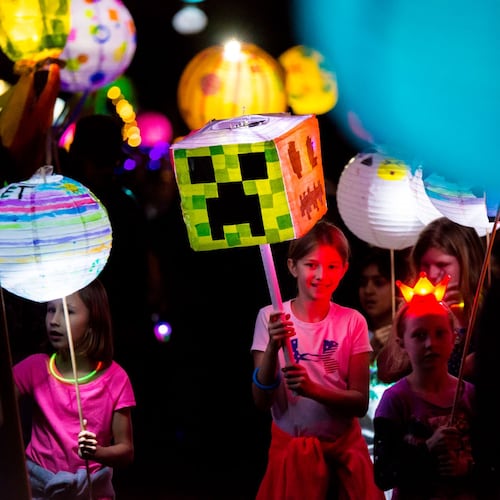Close to 11,500 people were treated in emergency rooms in 2010 for nausea, vomiting, dizziness, and other symptoms related to the use of synthetic or fake marijuana products such as "K2" or "Spice."
Three-quarters of these people were aged 12 to 29, and 78% in this group were male. Most did not receive follow-up care after they were sent home from the ER.
The new data were released by the Substance Abuse and Mental Health Services Administration (SAMSHA), as part of their Drug Abuse Warning Network. There were 2.3 million ER visits involving drug misuse or abuse in 2010, and of these, 11,406 involved fake marijuana products.
What Is Synthetic Marijuana?
Synthetic marijuana is marketed to have marijuana-like effects in the brain.
"Spice,” “K2,” “Mr. Smiley,” “Red X Dawn,” and “Blaze” are just some of the street names for synthetic marijuana drugs.
Until July 2012, they were available online and in convenience stores. Then the Drug Enforcement Administration (DEA) stepped in and banned five chemicals found in Spice and K2. This does still leave some wiggle room for creative manufacturers.
“I believe people are still able to get these products in different ways,” says Rear Admiral Peter Delany, PhD. He is the director of the Center for Behavioral Health Statistics and Quality at SAMSHA in Rockville, Md. “You can ban chemicals, but if manufacturers modify the chemical format, they are no longer on the banned list.”
The group plans to have some data available next year as to what has happened since the DEA’s ban.
Until then, parents need to understand what fake marijuana products are and the lingo that kids use to discuss these substances.
“This is a drug and it can have repercussions, especially if it is mixed with other things,” Delany says.
According to the new report, in almost 60% of emergency room visits involving synthetic marijuana in people ages 12-29, no other substances were involved.
Symptoms of fake marijuana use may include:
- Agitation
- Anxiety
- Nausea
- Vomiting
- Paranoia
- Seizures
- Hallucinations
- Increased heart rate and blood pressure
- Tremors
“Kids are coming in intoxicated with nausea and dizziness more frequently than in the past, and synthetic marijuana is something that we consider when we see these symptoms,” says Robert Glatter, MD, an emergency medicine doctor at Lenox Hill Hospital in New York City. “They present in ways that you would think they were using mind- or mood-altering substances.”
These products can’t be detected on drug screens, which is why some kids are drawn to them and why it is challenging to capture solid information on their use and abuse, he says.
Paul Hokemeyer, PhD, says fake marijuana use is a real crisis. He is a therapist at Caron Treatment Center's New York City Office. “Adolescent boys are always looking for new ways to get high.” Here, “they get high off of toxic chemicals, and this may have long-term risks,” he says. “We don’t know what they are putting into their body.”
SOURCES: Rear Admiral Peter Delany, PhD, director, Center for Behavioral Health Statistics and Quality (CBHSQ), SAMSHA, Rockville, Md.Robert Glatter, MD, emergency medicine dcotor, Lenox Hill Hospital, New York City.Paul Hokemeyer, PhD, therapist, Caron Treatment Center, New York City.SAMSHA: "The Dawn Report."
© 2012 WebMD, LLC. All rights reserved.
About the Author
Keep Reading
The Latest
Featured
